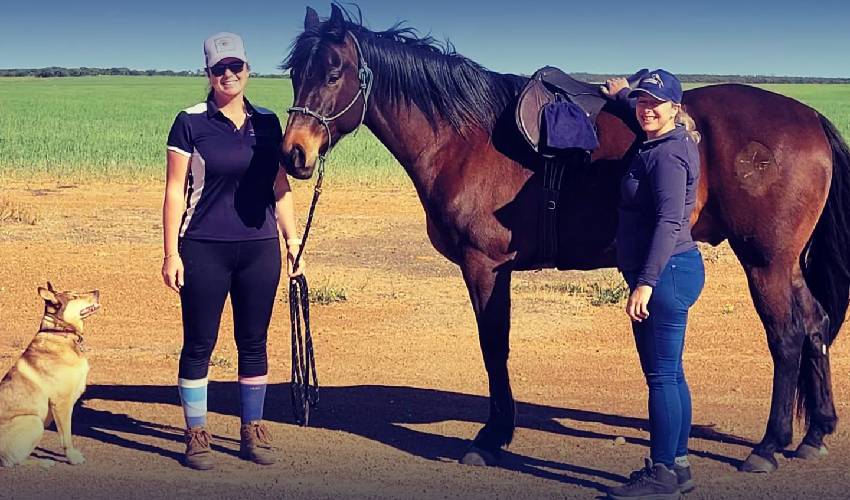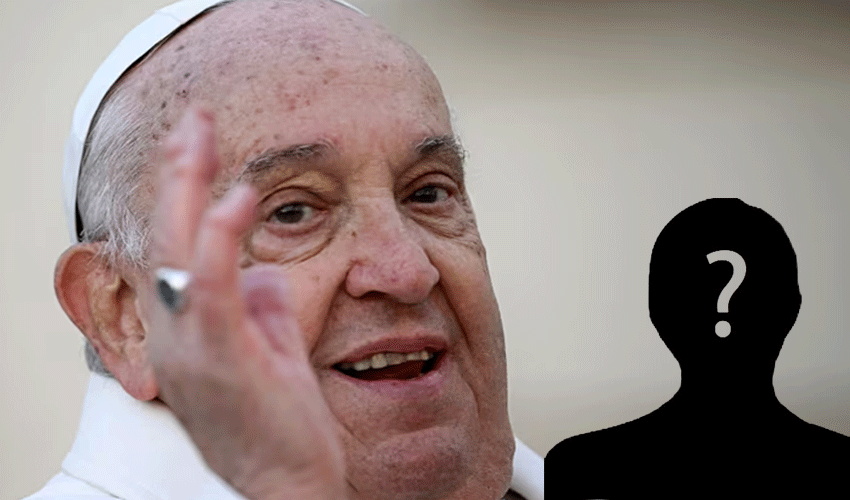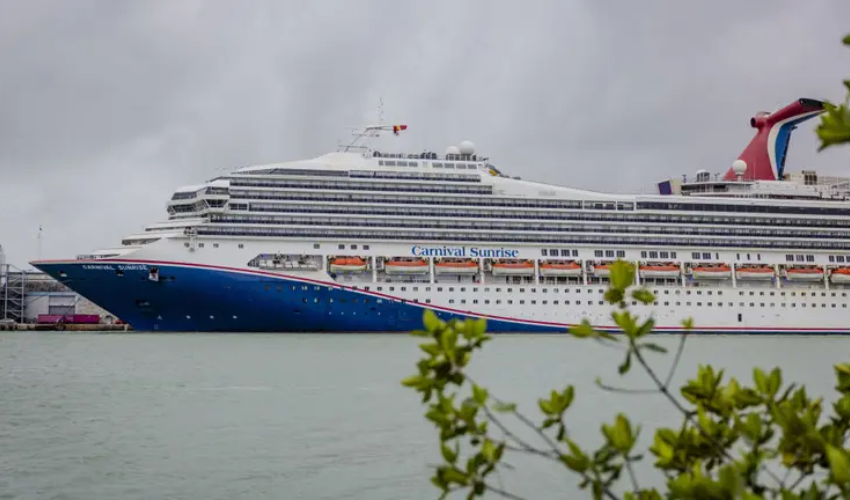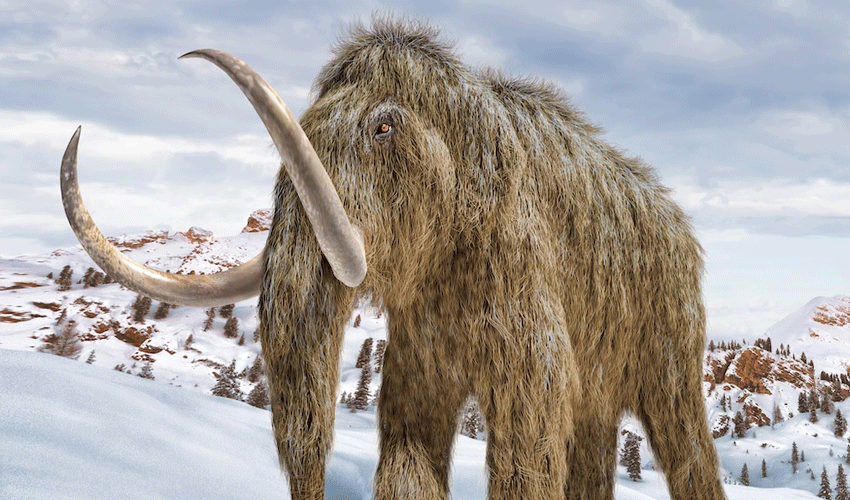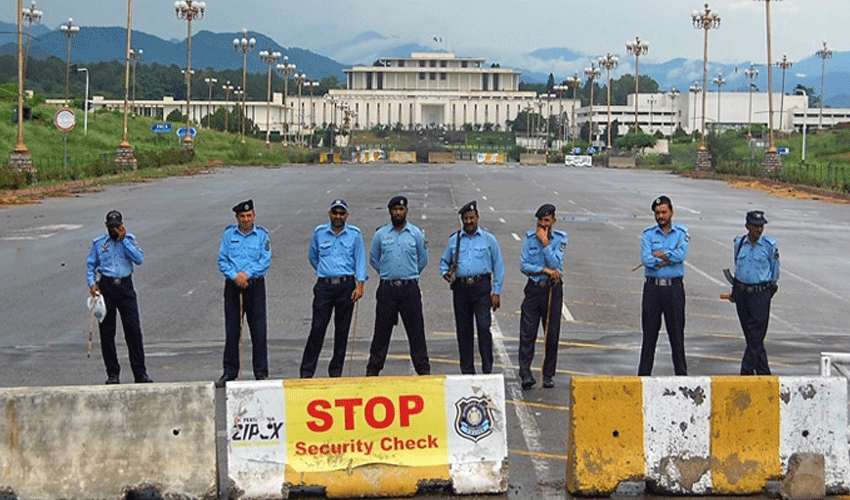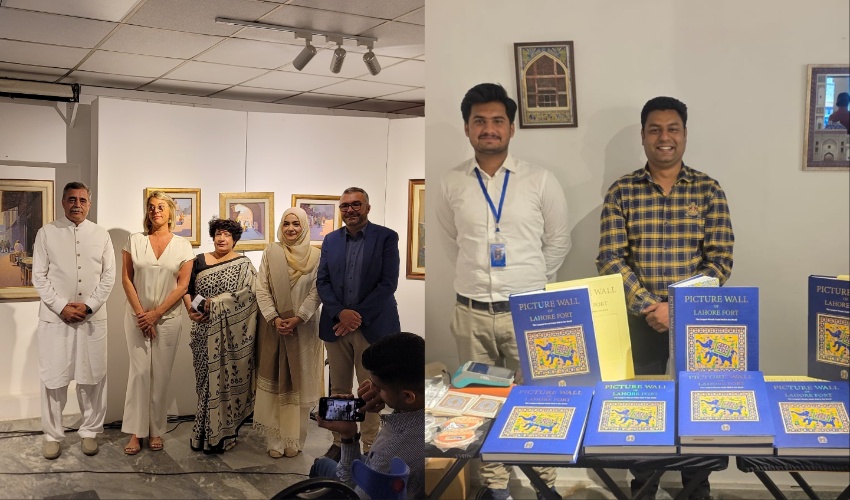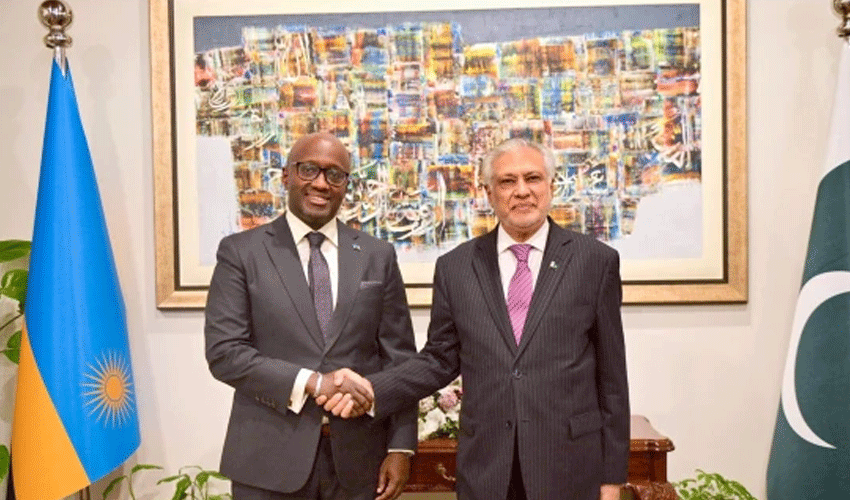An estimated 19,000 wild horses -- known locally as "brumbies" -- live in Kosciuszko National Park, a number that has increased by a third in the last two years.
New South Wales state authorities want to cut the population to 3,000 by mid-2027.
The national park already traps, re-homes and shoots horses from the ground, but the state's environment minister Penny Sharpe said this was not enough.
"Threatened native species are in danger of extinction and the entire ecosystem is under threat," she said. "We must take action.
"This was not an easy decision -- no one wants to have to kill wild horses," she added.
Aerial shooting from helicopters was used for a brief period in 2000, when more than 600 wild horses were shot over three days.
But a fierce public backlash resulted in the method being banned.
Those against culling say the horses are part of Australia's national identity, a nostalgic reminder of the days when tough stockmen and women worked in the country's rugged Snowy Mountains.
Brumbies are thought to have descended from horses that escaped or were abandoned around the early 1800s.
A storied rugby team in the country's capital Canberra is named after the animal.
They were celebrated by the Australian "bush poet" Banjo Paterson, who waxed lyrical about a "wild, unhandled" creature who roamed the mountains "'neath moon and star".
But early farmers had a less romantic view: they saw the animals as pests that ruined fences and competed with livestock for feed.
It is a view echoed by conservationists, who say the horses destroy native plants through grazing and trampling, increase soil erosion, foul waterholes, and cause the collapse of wildlife burrows.
"The unique and complex ecosystems of the Australian Alps have been trampled for too long," said Jacqui Mumford, head of the Nature Conservation Council, an environmental group.
She said brumbies' activities damaged "at least 25 threatened alpine flora and 14 threatened alpine fauna species, including the iconic corroboree frog, the broad-toothed rat and rare alpine orchids".
Australia has up to 400,000 feral horses, according to the Invasive Species Council, a conservation group that has welcomed the decision to resume aerial shooting.
The group's advocacy manager, Jack Gough, said the brumby population in New South Wales was growing at a rate of between 15 and 18 percent a year.
The number of wild horses being removed through the current methods was "well below" the population growth rate, he added.





